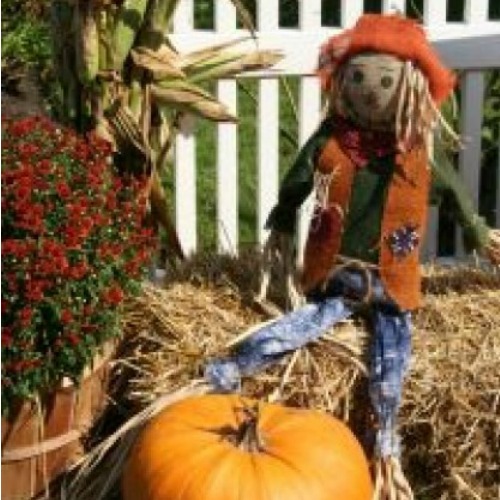
Once a decoy used to frighten hungry birds away from crops, the scarecrow has become an autumnal decoration. They are everywhere, in every size and configuration.
The scarecrow has been with us for a long time – historians estimate 3,000 years ago Egyptian farmers created the first decoys of framed nets to eliminate the quail from feasting on wheat crops. Over the centuries, the scarecrow evolved to its present human form as a selection of old clothes displayed on vertical and horizontal supports to resemble a standing man. Loose clothes, scarves or other moveable parts aided in the deceit and keep the crows on their toes, so to speak. While a scarecrow may work early in the season, crows aren’t stupid. The lack of movement and absence of real threat is not lost on them and they quickly ignore the scarecrow, forcing most farmers to add elements to increase the threat level like aluminum pans, rattling gourds or wind-chime-like noisemakers.
I don’t know how a soldier in the war on crows became a symbol of harvest. But if scarecrows remind people of where their food comes from, then they are a good thing.